Filter by
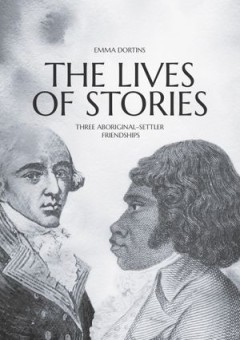
The Lives of Stories: Three Aboriginal-Settler Friendships
The Lives of Stories traces three stories of Aboriginal–settler friendships that intersect with the ways in which Australians remember founding national stories, build narratives for cultural revival, and work on reconciliation and self-determination. These three stories, which are still being told with creativity and commitment by storytellers today, are the story of James Morrill’s adopti…
- Edition
- -
- ISBN/ISSN
- 9781760462406
- Collation
- -
- Series Title
- -
- Call Number
- 994 DOR l
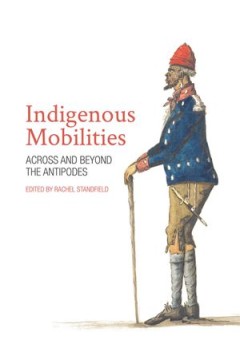
Indigenous Mobilities: Across and Beyond the Antipodes
This edited collection focuses on Aboriginal and Māori travel in colonial contexts. Authors in this collection examine the ways that Indigenous people moved and their motivations for doing so. Chapters consider the cultural aspects of travel for Indigenous communities on both sides of the Tasman. Contributors examine Indigenous purposes for mobility, including for community and individual econ…
- Edition
- -
- ISBN/ISSN
- 9781760462147
- Collation
- -
- Series Title
- -
- Call Number
- 911 IND i

A Doctor Across Borders : Raphael Cilento and public health from empire to th…
In his day, Raphael Cilento was one of the most prominent and controversial figures in Australian medicine. As a senior medical officer in the Commonwealth and Queensland governments, he was an active participant in public health reform during the inter-war years and is best known for his vocal engagement with public discourse on the relationship between hygiene, race and Australian nationhood.…
- Edition
- -
- ISBN/ISSN
- 9781760462642
- Collation
- -
- Series Title
- -
- Call Number
- -

Healing Magic and Evil Demons. Canonical Udug-hul Incantations
This book brings together ancient manuscripts of the large compendium of Mesopotamian exorcistic incantations known as Udug.hul (Utukku Lemnutu), directed against evil demons, ghosts, gods, and other demonic malefactors within the Mesopotamian view of the world.It allows for a more accurate appraisal of variants arising from a text tradition spread over more than two millennia and from many anc…
- Edition
- -
- ISBN/ISSN
- 9781614513094
- Collation
- -
- Series Title
- -
- Call Number
- -
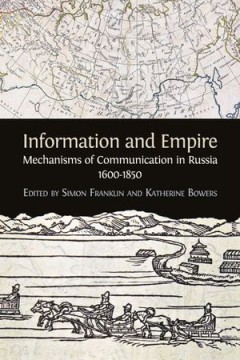
Information and Empire
"From the mid-sixteenth to the mid-nineteenth century Russia was transformed from a moderate-sized, land-locked principality into the largest empire on earth. How did systems of information and communication shape and reflect this extraordinary change? Information and Mechanisms of Communication in Russia, 1600-1850 brings together a range of contributions to shed some light on this complex que…
- Edition
- -
- ISBN/ISSN
- 9781783743759
- Collation
- -
- Series Title
- -
- Call Number
- -
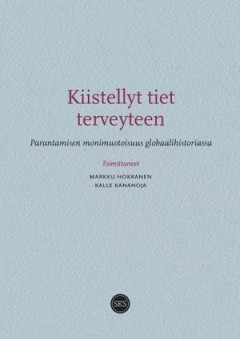
Kiistellyt Tiet Terveyteen Parantamisen Monimuotoisuus Globaalihistoriassa
"Health and healing have been central concerns throughout human history. Individuals and societies have devised multiple ways to health. Healing practices have often been linked to questions of knowledge, power, politics, and morals. The limits of acceptable healing have been contested by men and women, priests and doctors, elites and commoners, indigenous peoples and colonialists. Successful h…
- Edition
- -
- ISBN/ISSN
- 9789522228406
- Collation
- -
- Series Title
- -
- Call Number
- -
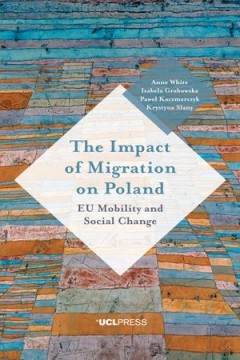
The Impact of Migration on Poland
How has the international mobility of Polish citizens intertwined with other influences to shape society, culture, politics and economics in contemporary Poland? The Impact of Migration on Poland offers a new approach for understanding how migration affects sending countries, and provides a wide-ranging analysis of how Poland has changed, and continues to change, since EU accession in 2004. The…
- Edition
- -
- ISBN/ISSN
- 9781787350687
- Collation
- -
- Series Title
- -
- Call Number
- 572.9 GRA i
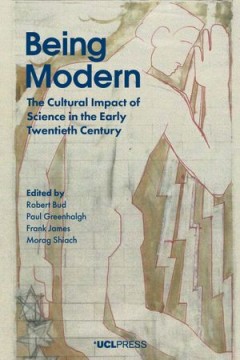
Being Modern
In the early decades of the twentieth century, engagement with science was commonly used as an emblem of modernity. This phenomenon is now attracting increasing attention in different historical specialties. Being Modern builds on this recent scholarly interest to explore engagement with science across culture from the end of the nineteenth century to approximately 1940. Addressing the breadth …
- Edition
- -
- ISBN/ISSN
- 9781787353930
- Collation
- -
- Series Title
- -
- Call Number
- 900 BEI b
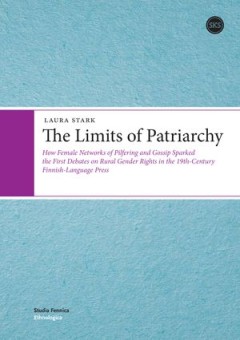
The Limits of Patriarchy: How Female Networks of Pilfering and Gossip Sparked…
In the mid-19th century, letters to newspapers in Finland began to condemn a practice known as home thievery, in which farm mistresses pilfered goods from their farms to sell behind the farm master’s back. Why did farm mistresses engage home thievery and why were writers so harsh in their disapproval of it? Why did many men in their letters nonetheless sympathize with women’s pilfering? Wha…
- Edition
- -
- ISBN/ISSN
- 9789522223272
- Collation
- -
- Series Title
- -
- Call Number
- 909.81 STA l
 Computer Science, Information & General Works
Computer Science, Information & General Works  Philosophy & Psychology
Philosophy & Psychology  Religion
Religion  Social Sciences
Social Sciences  Language
Language  Pure Science
Pure Science  Applied Sciences
Applied Sciences  Art & Recreation
Art & Recreation  Literature
Literature  History & Geography
History & Geography